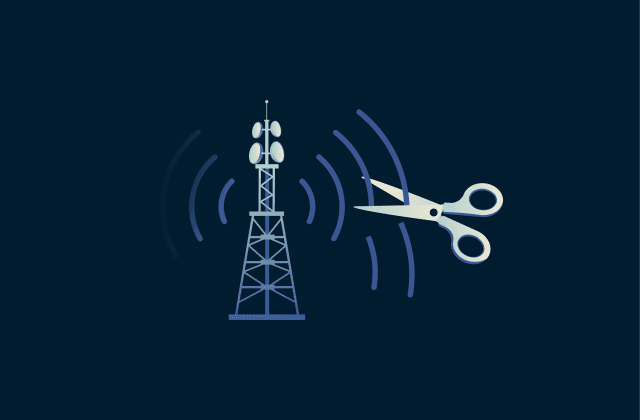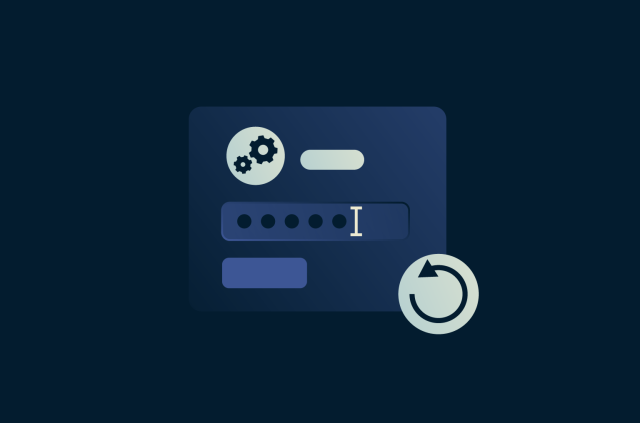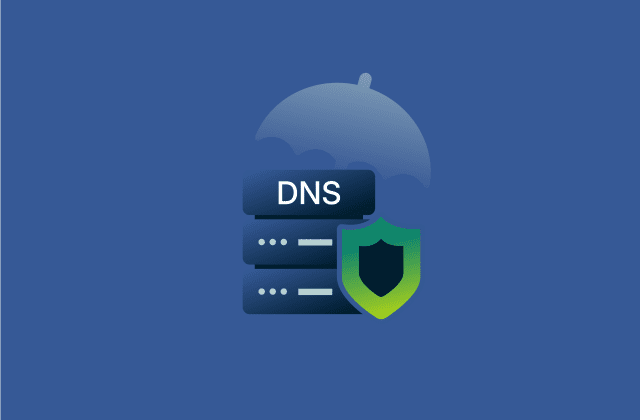ExpressVPN blog
Your destination for privacy news, how-to guides, and the latest on our VPN tech

Latest Posts
-

Signal jamming: What it is and how to protect yourself
Signal jamming is the deliberate disruption of wireless services, affecting everything from cell signals to GPS. If your phone suddenly loses signal or navigation apps stop working, interference may b...
-

Is Grok safe? What you need to know to stay secure
Grok, the AI chatbot from xAI, is designed to answer questions, provide information, and engage in conversation. But with any AI tool, it’s natural to wonder how safe it is to use. In this guide, we...
-

How to reset your Steam password (step-by-step guide)
Whether you’re locked out or just being proactive about security, resetting your Steam password is an easy process once you know where to click. This guide walks you through the required steps, expl...
Featured
See allFeatured Video
-

Top 10 video games that will change how you view privacy
https://www.youtube.com/watch?v=7uOfHGT5p4w If you love online gaming and are interested in privacy, check out these video games that involve hacking, cybersecurity, and surveillance. Not only ...







